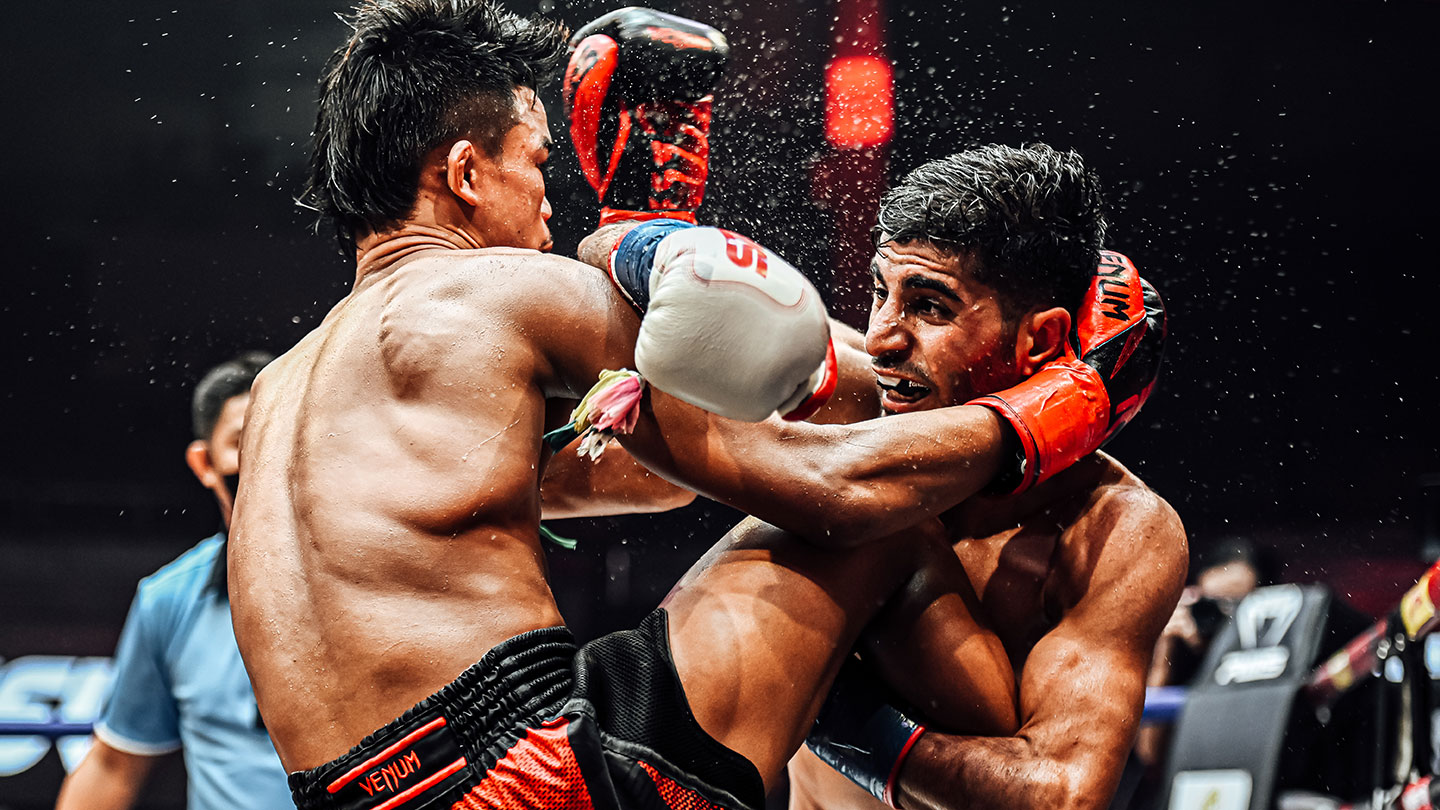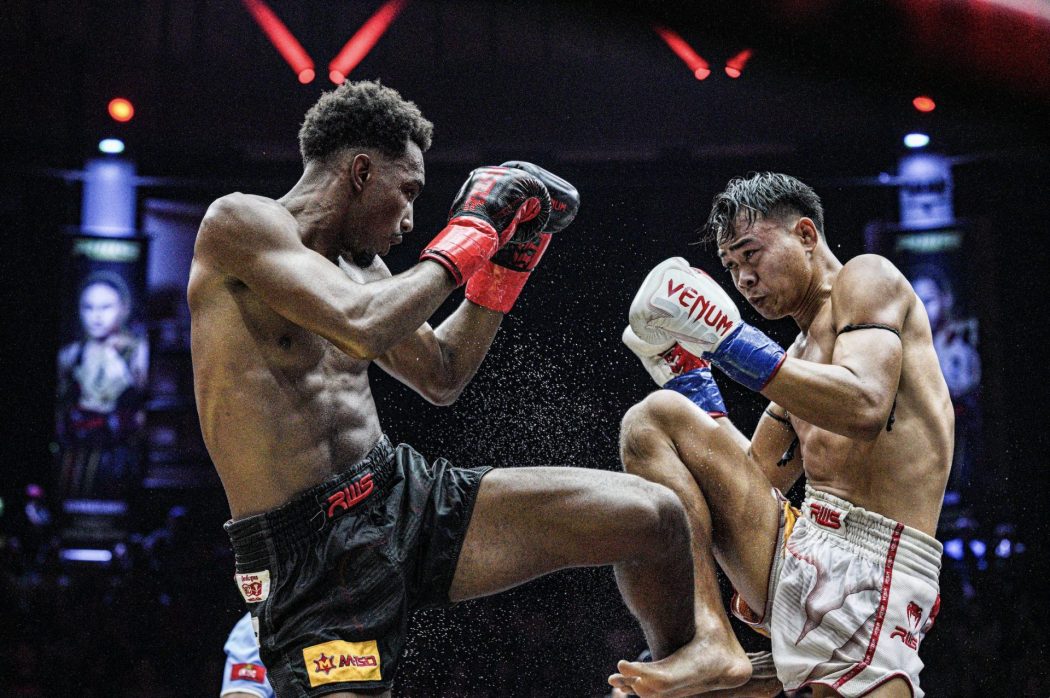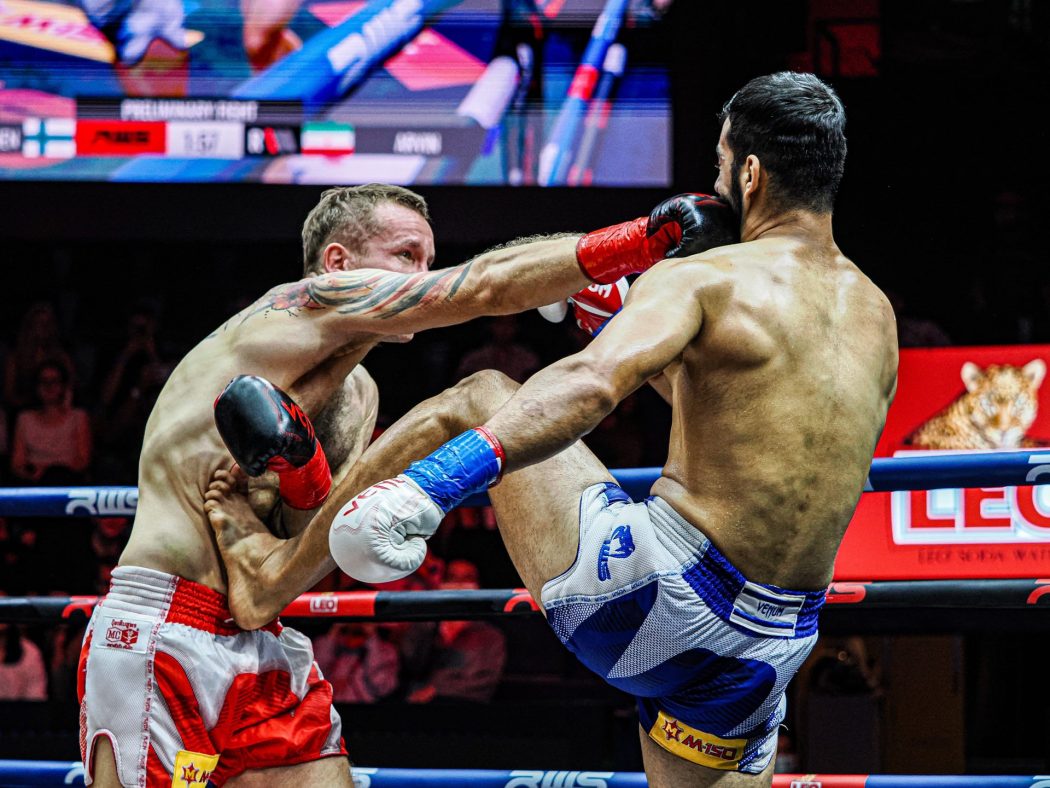Discover the contrasts between Muay Thai and Boxing. From techniques to training, explore which combat sport suits your goals best.
Apr 13, 2024
Muay Thai vs Boxing: Differences, Techniques, Training Compared
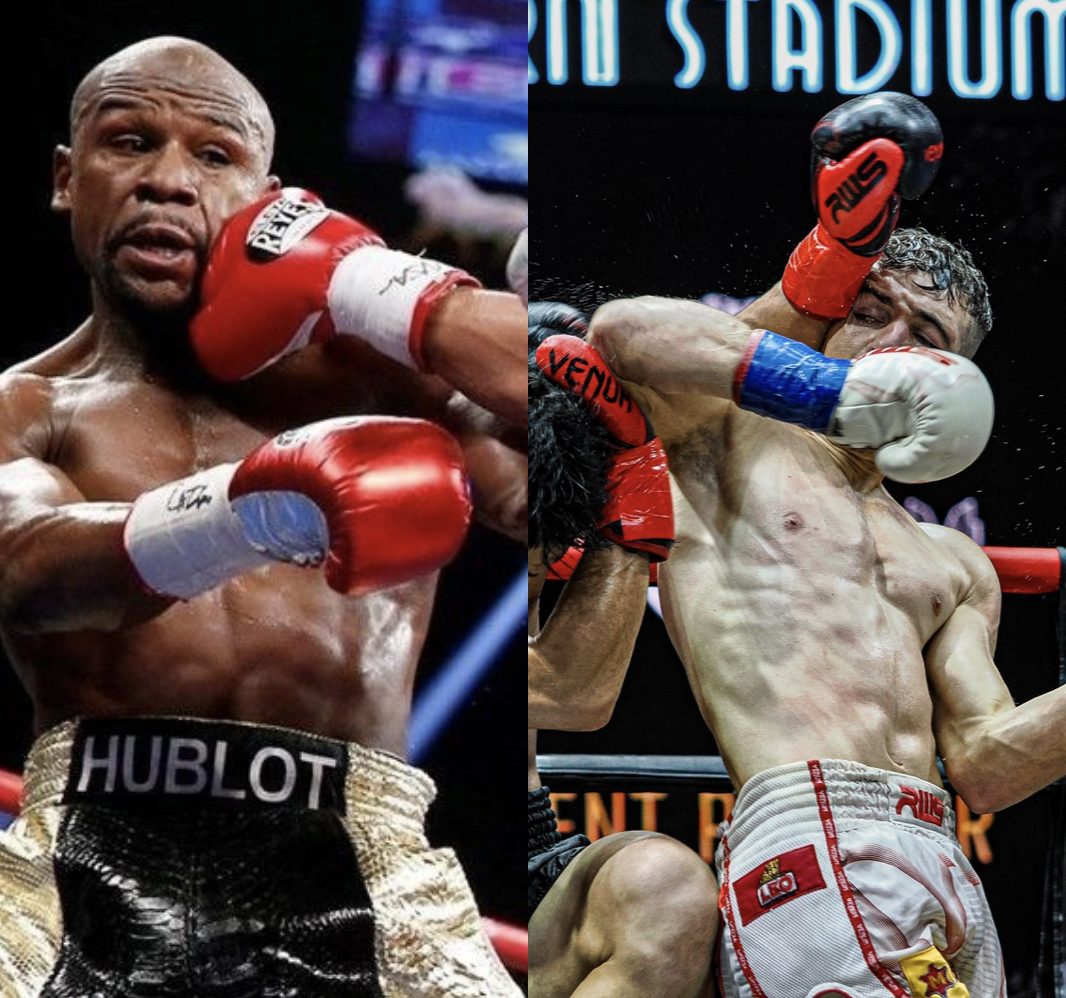
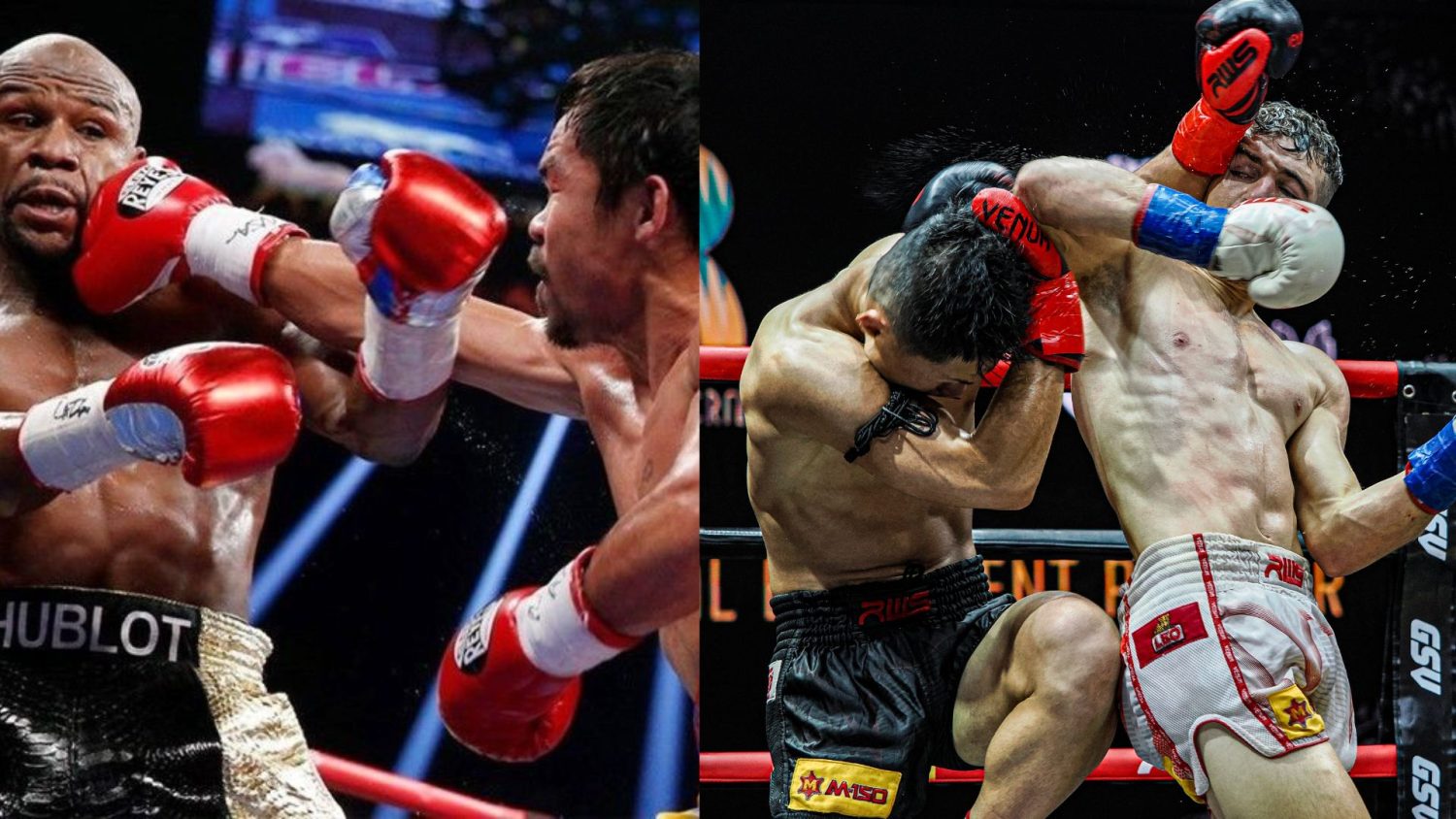
In the world of combat sports, Muay Thai and Boxing stand out as powerful and respected disciplines, each with its own unique qualities. Muay Thai originated in Thailand, emphasizing the use of fists, elbows, knees, and shins. On the other hand, Boxing focuses solely on punching and has a rich history dating back to ancient Greece and Rome.
In this article, we’ll break down the key differences in techniques, training approaches, and origins of Boxing vs Muay Thai. By understanding the distinct characteristics of these two sports, we can gain insight into the world of each discipline and appreciate what makes them exceptional in their own right. Let’s dive into the journey of Muay Thai vs Boxing.
Techniques and Fighting Styles

Now, let’s step into the heart of Muay Thai VS Boxing’s techniques and fighting styles that define these disciplines. While both sports share the common goal of striking down opponents, their approaches are as distinct as the cultures from which they originated.
Striking Techniques
Muay Thai
- Muay Thai incorporates punches, kicks, elbows, and knee strikes.
- Seamless blending creates a diverse and unpredictable striking arsenal.
- Utilization of elbows and knee strikes allows for devastating close-range attacks.
Boxing
- Primarily focuses on punches, including the jab, cross, hook, and uppercut.
- Simplicity in striking allows for a refined mastery of hand techniques.
Footwork
Muay Thai
- Characterized by a strong and stable base.
- Square stance facilitates powerful kicks and enables checking kicks from opponents.
- Provides a solid foundation for both offensive and defensive maneuvers.
Boxing
- Fighters adopt a more nimble and lateral movement.
- Stance is often more side-on, enabling quick changes in direction and strategic positioning.
Defensive Maneuver
Muay Thai
- Emphasizes blocking, parrying, and evasive movements.
- The clinch serves as both an offensive and defensive tool.
- Enables fighters to control their opponent’s movements and land effective strikes.
Boxing
- Boxers are renowned for defensive prowess.
- Techniques include head movement, bobbing, and weaving to avoid incoming strikes.
- Blocking and parrying play a crucial role in a boxer’s defensive toolkit.
Clinch Work
Muay Thai
- A defining element, allowing control of the bout’s pace.
- Techniques like knee strikes and elbow strikes are unleashed within the clinch.
- Showcases the art’s versatility in close-quarters combat.
Boxing
- Traditional Boxing does not involve clinch work.
- Fighters are separated when too close.
- Emphasis on maintaining distance and utilizing footwork for effective offense and defense.
Rules and Regulations
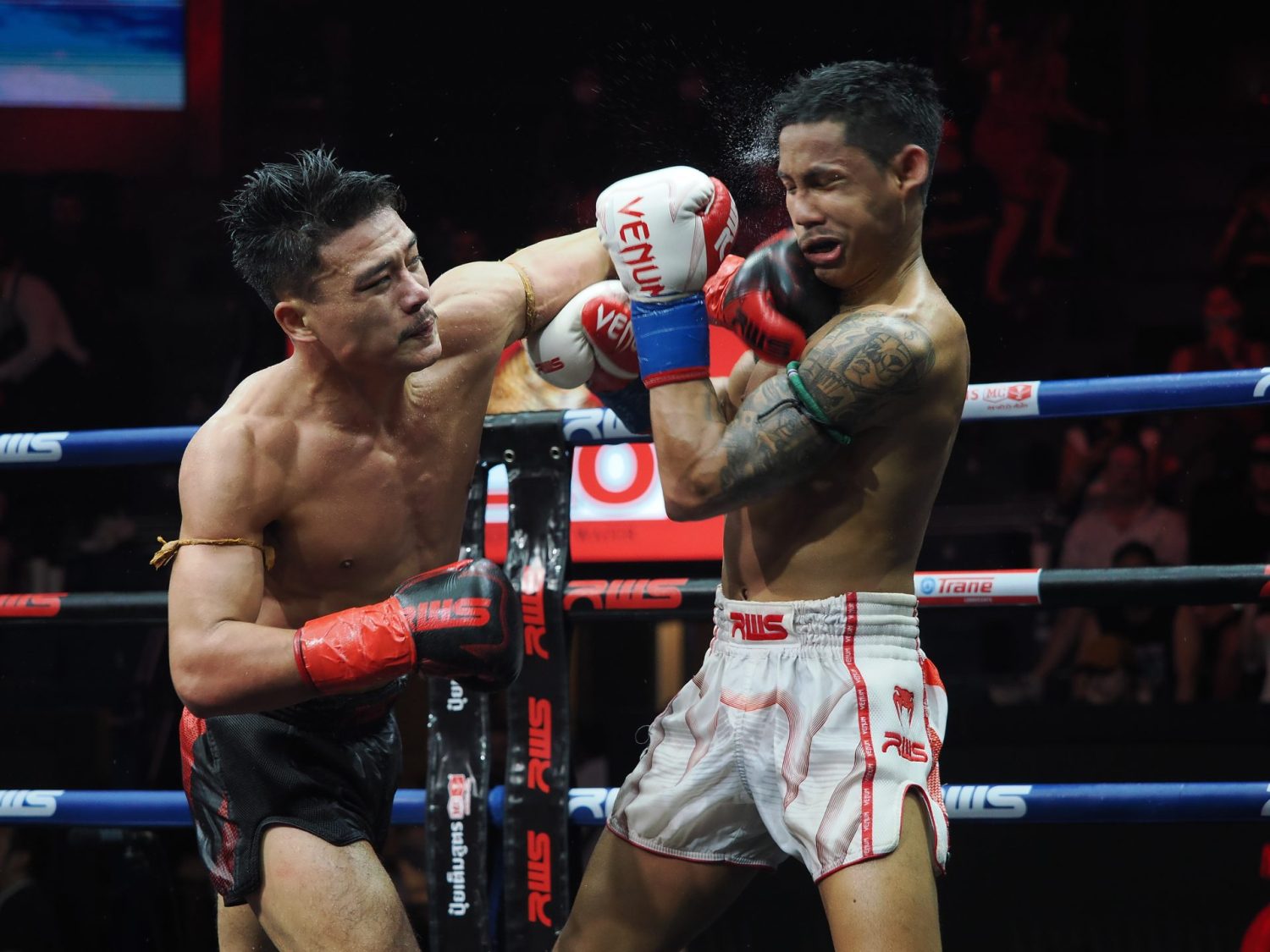
For combat sports, the rules and regulations governing matches are the backbone of fair competition and safety. Let’s delve into the distinctive guidelines that shape Muay Thai VS Boxing.
Elbow and Knee Usage
Elbow and Knee Usage in Muay Thai
The inclusion of elbows and knees adds a dynamic element to the sport, emphasizing close-quarters combat. Fighters undergo rigorous training to master the precise execution of strikes using these additional limbs, enabling them to deliver powerful blows in diverse situations.
Elbow and Knee Usage in Boxing
Boxing takes a more streamlined approach, strictly prohibiting the use of elbows and knees during matches. The sport’s primary focus is on the artistry of precise punching techniques executed with the hands.
Clinching
Clinching in Muay Thai
Clinching is a pivotal aspect of Muay Thai, providing fighters with a means to control their opponent’s movements. Within the clinch, practitioners utilize techniques such as knee strikes and elbow strikes, presenting opportunities for strategic maneuvers and offensive tactics.
This dynamic engagement in close combat showcases the versatility and complexity of Muay Thai’s fighting strategies.
Clinching in Boxing
Conversely, traditional Boxing does not incorporate clinching into its fundamental structure. When fighters get too close, they are promptly separated by the referee. This separation aligns with Boxing’s emphasis on maintaining a specific distance to facilitate long-range striking and strategic footwork.
Scoring System
Scoring System in Muay Thai
In Muay Thai matches, judges evaluate the effectiveness of strikes, control in the clinch, and overall dominance. The scoring system in Muay Thai balances both aggressive striking and defensive skills, assigning equal weight to each aspect.
This comprehensive approach acknowledges the multifaceted nature of Muay Thai bouts and emphasizes the importance of a well-rounded skill set.
Scoring System in Boxing
In contrast, Boxing’s scoring is centered on effective clean punches landed on the opponent. Judges assess the quality of punches, considering factors such as accuracy, power, ring generalship, and overall control.
The emphasis on precise and impactful punches defines the scoring criteria in traditional Boxing matches, highlighting the strategic significance of hand-to-hand combat.

Training Methods and Conditioning
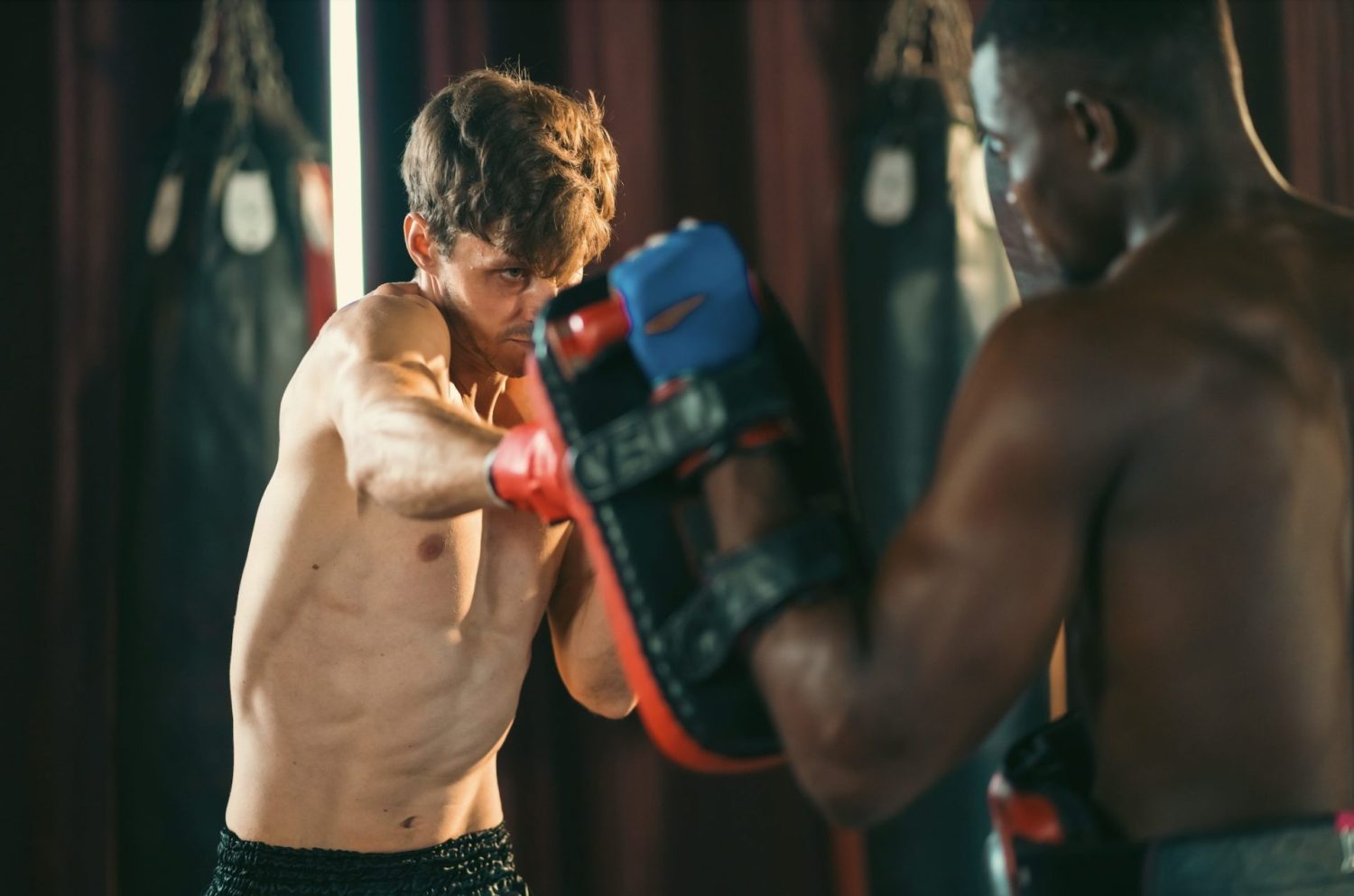
Muay Thai and Boxing not only requires a deep understanding of its specific techniques but also demands practitioners to be in peak physical condition.
Conditioning
Conditioning in Muay Thai
- Emphasis on overall physical conditioning, including endurance, strength, and flexibility.
- Training includes running, skipping, and high-intensity interval training (HIIT).
- Strength training involves bodyweight exercises, weightlifting, and resistance training.
Conditioning in Boxing
- Strong emphasis on cardiovascular conditioning, agility, and explosive power.
- Training includes jumping rope, running, and circuit training for endurance.
- Plyometric exercises and core workouts enhance explosive movements for powerful punches.
Sparring
Sparring in Muay Thai
- A cornerstone of Muay Thai training, providing real-life scenarios for applying techniques.
- Fosters adaptability, sharpens reflexes, and practices strategic thinking.
- Mix of controlled and full-contact rounds to simulate actual fight conditions.
Sparring in Boxing
- Fundamental aspect providing opportunities to practice defensive and offensive techniques.
- Ensures adaptability to different styles while maintaining training intensity.
- Controlled sparring prioritized for participant safety.
Pad Work
Pad Work in Muay Thai
- Integral for refining striking techniques, working on combinations, and enhancing precision.
- Involves focus mitts, kick pads, and Thai pads for dynamic and versatile training.
- Drills used to integrate defensive maneuvers and counterattacks.
Pad Work in Boxing
- Staple in Boxing training for sharpening punching accuracy, speed, and combinations.
- Involves focus mitts and punch mitts to simulate real fight scenarios.
Specific Drills
Specific Drills in Muay Thai
- Clinch drills improve grappling and control techniques.
- Heavy bag drills enhance power and technique, while shadow boxing refines movement and footwork.
Specific Drills in Boxing
- Heavy bag drills enhance power and stamina.
- Speed bag drills improve hand-eye coordination and rhythm, while shadow boxing refines footwork and offensive/defensive combinations.
Applications in Self-Defense and Competition
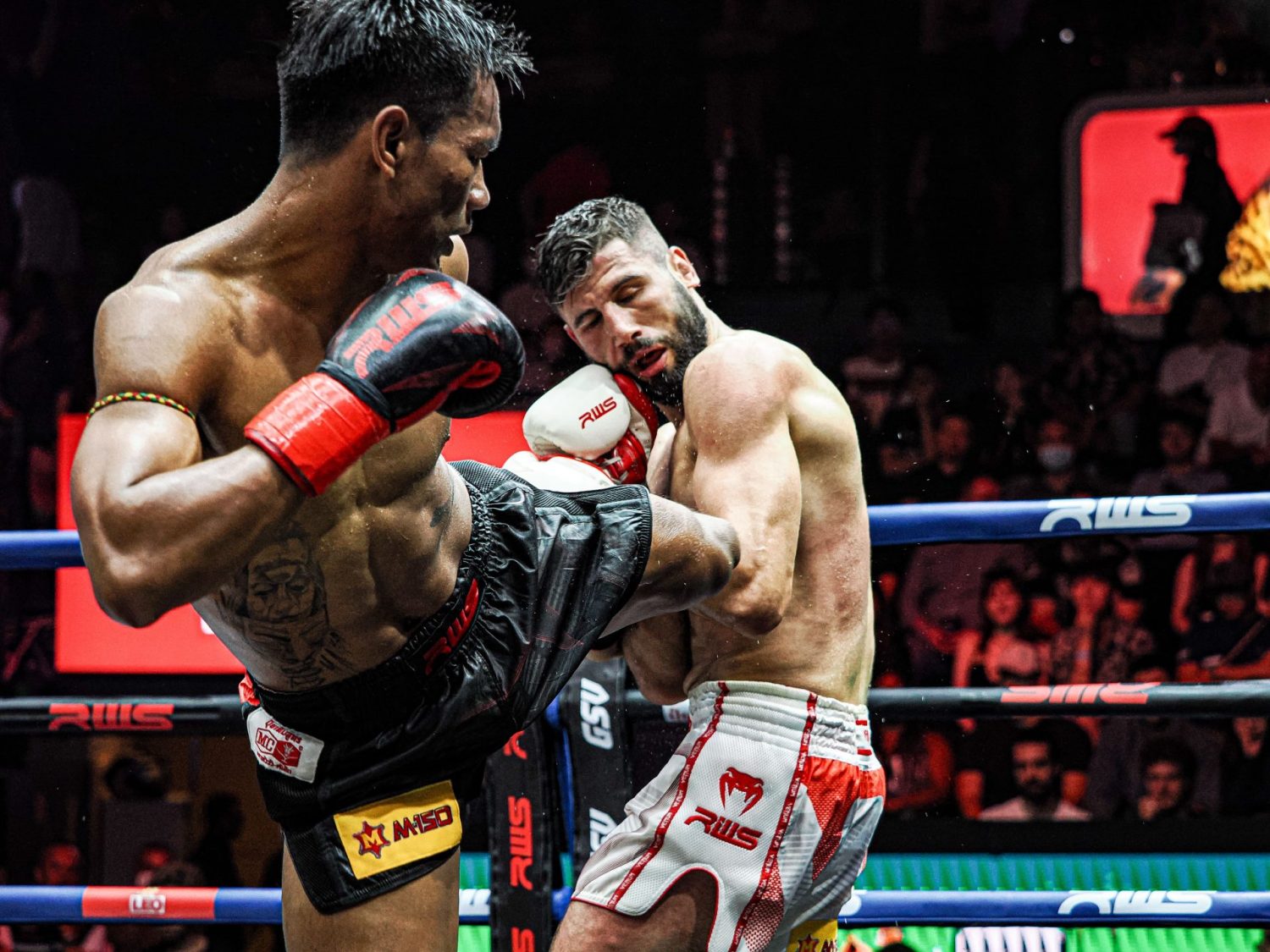
Both Muay Thai and Boxing offer practical applications that can be valuable in real-world scenarios. Striking techniques, footwork, and defensive maneuvers honed in Muay Thai and Boxing training provide individuals with a toolkit for personal protection.
The efficiency of Boxing’s precise punches can be particularly effective for quickly neutralizing threats, while Muay Thai’s inclusion of elbows, knees, and clinch work adds versatility in close-quarters encounters.
In self-defense situations, the emphasis on agility, awareness, and strategic thinking, cultivated through sparring and drills, enhances an individual’s ability to respond effectively to varying threats.
Competitive Effectiveness in Amateur and Professional Fights
- Amateur Fights
Muay Thai
- Effectiveness stems from a diverse striking arsenal, including punches, kicks, elbows, and knees.
- Strategic advantages are gained through the surprise element of utilizing elbows and knees.
Boxing
- Effectiveness defined by emphasis on precision, footwork, and strategic punching.
- Refined mastery of punches, including the jab, cross, hook, and uppercut.
- Professional Fights
Muay Thai
- Muay Thai’s clinch work emerges as a potent tool for controlling opponents.
- Fighters unleash devastating strikes, showcasing adaptability
- Comprehensive skill set becomes paramount at the professional level.
Boxing
- Artistry and effectiveness of precise hand techniques are showcased.
- Strategic use of footwork and defensive maneuvers becomes more pronounced.
- Contributes to a dynamic and strategic approach in professional bouts.
Cultural and Historical Context

Muay Thai traces its roots back to ancient Thailand, initially developed for military training. Evolving into a popular spectator sport, Muay Thai became a symbol of national identity ingrained in Thai society.
Boxing, with its roots in ancient civilizations, particularly ancient Greece and the Olympic Games, has woven a rich historical tapestry across cultures. Over time, Boxing adapted to different societal norms.
Both Muay Thai and Boxing have been profoundly shaped by cultural influences throughout their development and evolution. Here are the examples;
Muay Thai in Cultural Context
- Beyond martial roots, it embodies values of respect, discipline, and community.
- The dance-like Wai Kru before bouts reflects a spiritual connection.
- Evolution includes the incorporation of techniques and codification of rules.
- Global popularity leads to cross-cultural exchanges, enriching the sport.
Boxing in Cultural Context
- Boxing becomes a platform to showcase talent and overcome social barriers.
- Cultural influences seep into the sport, contributing to its dynamic character.
- International appeal creates a global community of fans shaping the narrative.
Muay Thai vs Boxing: Which One is Better?
For individuals considering training or participating in martial arts, Muay Thai stands out as a comprehensive and versatile discipline. Its emphasis on utilizing body parts provides practitioners with a broader range of striking techniques, including punches, kicks, elbows, and knees.
The incorporation of clinch work adds a unique dimension to close-quarters combat. Choosing Muay Thai offers not only effective self-defense skills but also a holistic approach to physical fitness, endurance, and mental discipline.
Here are some guidelines to assist individuals in making an informed decision;
- Personal Preferences:
Consider your preferences for striking techniques: Muay Thai offers a diverse set, including punches, kicks, elbows, and knees, while Boxing primarily focuses on punches.
- Fitness Goals:
Evaluate your fitness goals – Muay Thai provides a full-body workout with its dynamic and high-intensity sessions, whereas Boxing emphasizes precision and endurance.
- Desired Skill Sets:
Think about your desired skill sets – Muay Thai develops skills for both stand-up striking and close-quarters combat, while Boxing hones precise hand techniques and footwork.
Conclusion
Muay Thai and Boxing offer unique paths of physical and mental development. Making an informed decision based on personal interests and objectives is key to a rewarding martial arts journey.
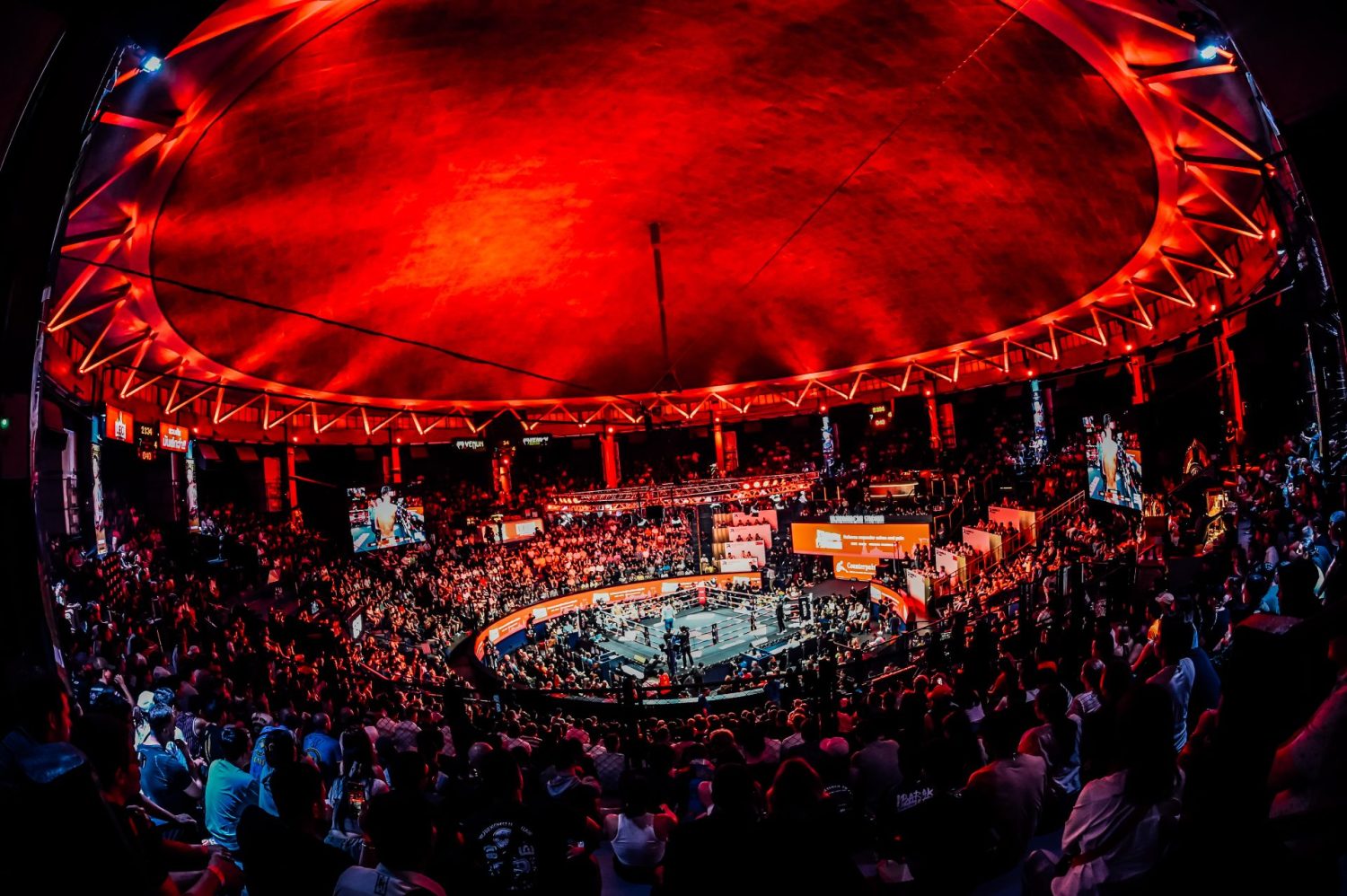
For those intrigued by the artistry of Muay Thai, we extend an invitation to experience the excitement firsthand by attending live matches at the Rajadamnern Muay Thai stadium. Secure your ticket now to witness the skill, dedication, and cultural richness in person.

Related News
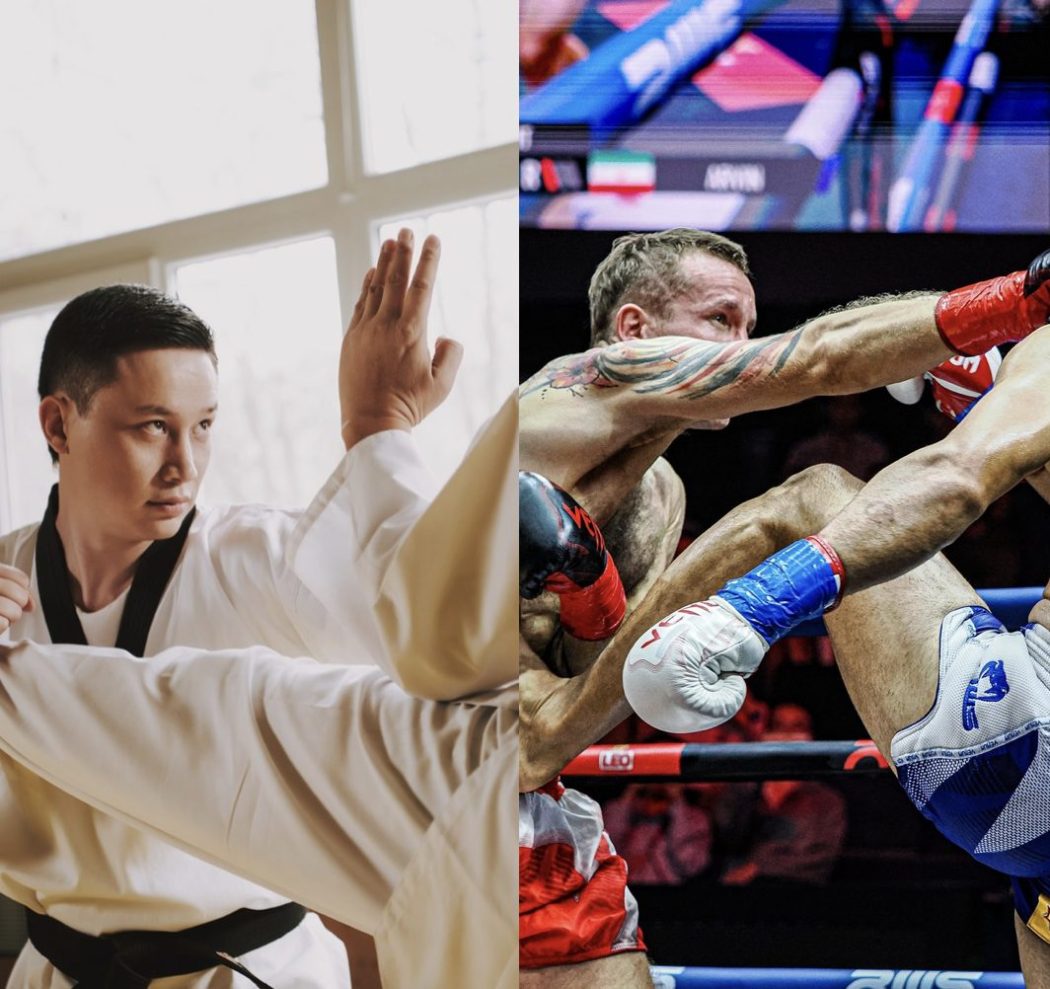
Muay Thai vs Taekwondo: Which One is More Effective?
Apr 13, 2024
Discover the contrasts between Muay Thai and Taekwondo. From techniques to training, explore which martial arts suits you best.




